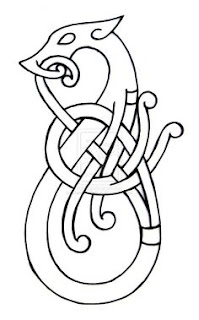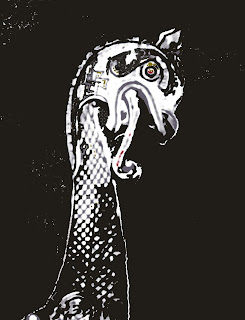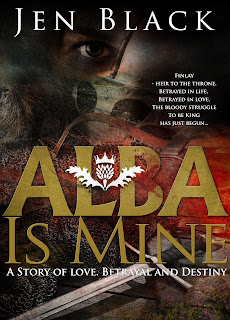The gene pool of the island has changed slowly and
the idea of large-scale migrations has been widely discredited. The island
has always consisted of multiple cultural groups and identities, many of which
looked across the seas for their closest connections - they did not necessarily
connect naturally with their fellow islanders. Genetic studies are revealing much more of this island's past and it makes fascinating reading.
From the arrival of the first modern
humans - who were hunter-gatherers, following the retreating ice northwards - to the
beginning of recorded history is a period of about 100 centuries, or 400
generations; a vast time span we know very little about.
Biologically these people were part of the Caucasoid
population of Europe. The accepted regional physical stereotypes - red-headed people in
Scotland, small, dark-haired folk in Wales and lanky blondes in southern
England - existed in Roman times.
Different environments encouraged a great regional diversity of culture that consisted of small-scale
societies, petty 'tribal' identities, typically lasting perhaps no more than a
few generations before splitting, merging or disappearing. These groups
were in contact and conflict with their neighbours, and sometimes with more
distant groups - the appearance of exotic imported objects attest exchanges,
alliance and kinship links, and wars.
At the end of the Iron Age (roughly
the last 700 years BC), the first eye-witness accounts of Britain appear. Greco-Roman
authors like Julius Caesar reveal a mosaic of named peoples (Trinovantes,
Silures, Cornovii, Selgovae, and many more), but there is little sign such groups had a sense of collective identity.
Romans, modern archaeologists and the Iron Age
islanders themselves all agree that they were not Celts. This was an 18th
century invention; the name was not used earlier. Around 1700 the non-English
island tongues were found to relate to that of the ancient continental Gauls,
who really were called Celts. This ancient continental ethnic label was applied
to the wider family of languages. But 'Celtic' was soon extended to describe
insular monuments, art, culture and peoples, ancient and modern: island
'Celtic' identity was born, like Britishness, in the 18th century.
~~~~~
Dr Simon James is Senior Lecturer in Archaeology at
the University of Leicester. He specialises in Iron Age and Roman archaeology,
Celtic ethnicity and the archaeology of violence and warfare. I found an very
interesting article of his, quite long, and the above is my attempt to
whittle out the main points so that I will remember them. You may wish to read
the entire article: http://www.bbc.co.uk/history/ancient/british_prehistory/peoples_01.shtml#top







